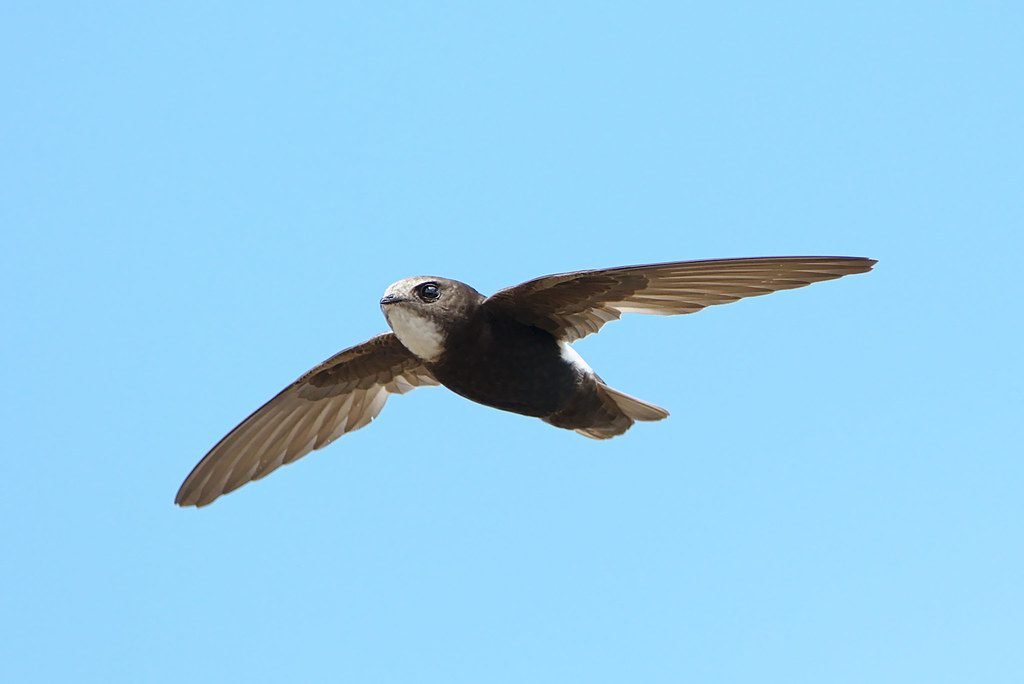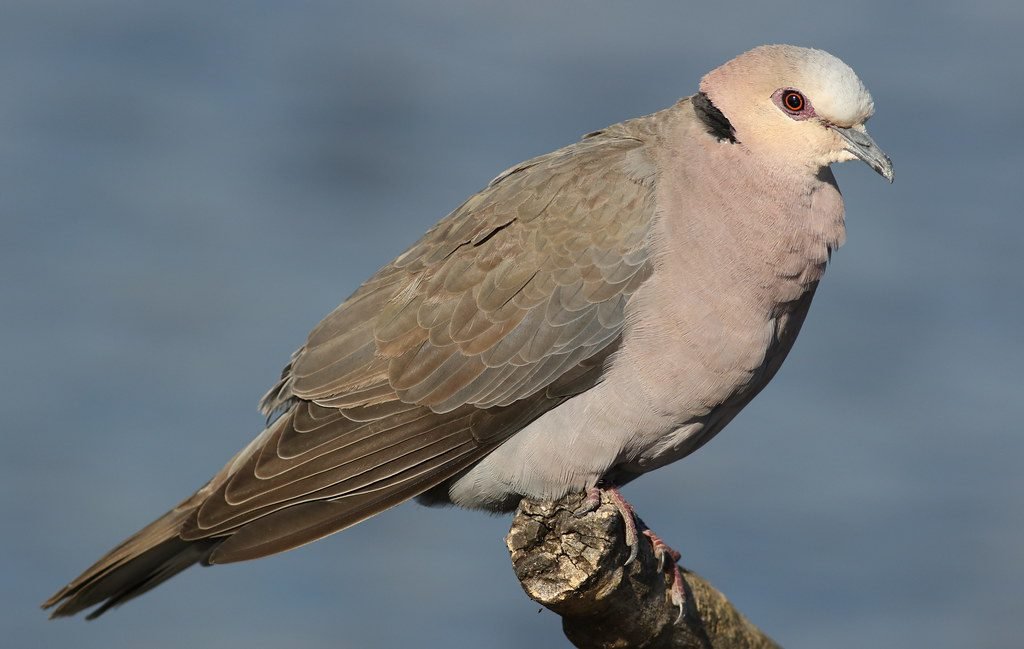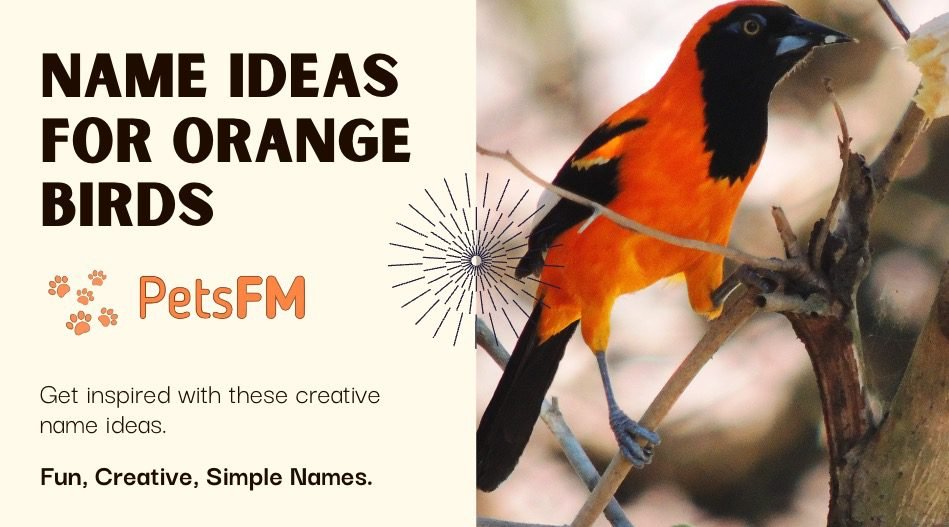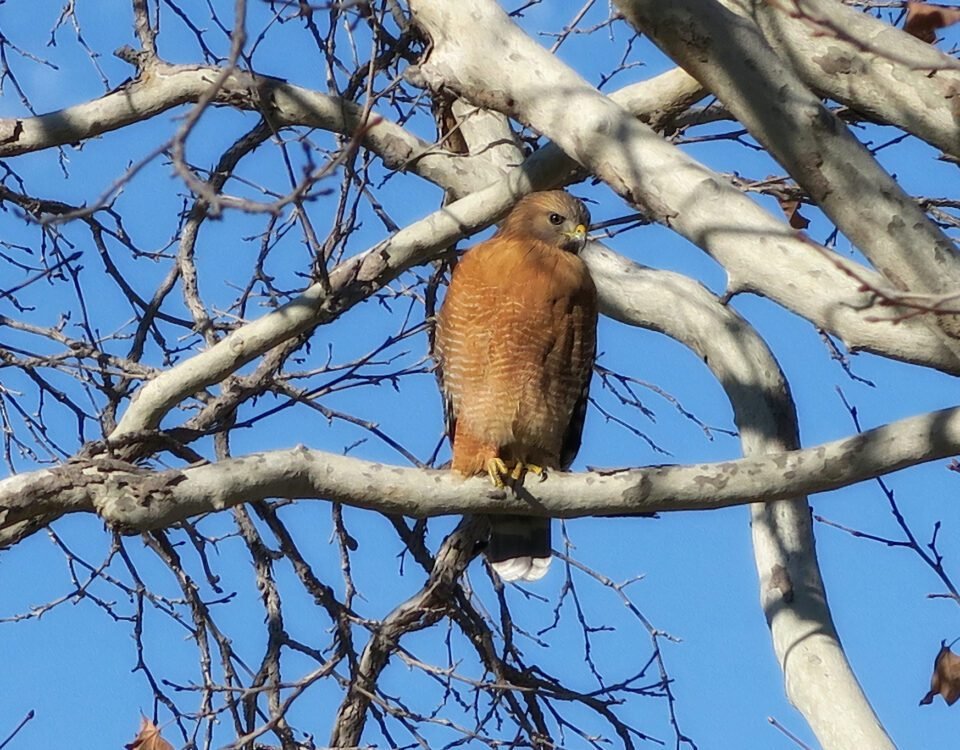


Which Paint is Safe to Use With Birds? [Non-Toxic Paint Guide]
November 12, 2023


Sparrow Lifespan: How Long Do Sparrows Live?
November 13, 2023For many, “hibernation” means bears snuggling into cozy dens or squirrels tucked away in tree hollows, waiting for winter’s chill to pass. But what about birds? As the seasons change and temperatures drop, have you ever wondered where all the birds go and what they do to survive the harsh conditions?
Do birds hibernate like some mammals? In this article, we will delve into the intriguing world of avian behavior during the colder months, uncovering the mysteries behind their survival strategies and discussing some common misconceptions.
Do Birds Hibernate?
Birds don’t hibernate in the traditional sense, but some species do undergo a state known as torpor. While similar to hibernation, torpor is a short-term phenomenon, lasting anywhere from a few hours to a handful of days. For instance, hummingbirds often go into torpor to weather chilly nights, while common poorwills can sustain this state for extended durations.
Being agile and quick, birds possess a unique advantage over many terrestrial counterparts. Their ability to fly grants them the freedom to migrate southward and evade the biting winter cold. However, some bird species have evolved remarkable behavioral and physiological mechanisms to endure and thrive in cold environments.
What Is Torpor?
Torpor is a physiological survival tactic certain birds use to cope with freezing conditions. While birds typically have body temperatures ranging from 101 to 111 degrees Fahrenheit, maintaining such warmth during extremely cold times can be energetically demanding, particularly for smaller avian species.
Hence, to combat the energy drain of maintaining warmth, some birds have developed the ability to deliberately lower their body temperature. They slow down their heart rate and respiration, thus effectively conserving vital energy.
However, entering a torpor has its own set of challenges. Emerging from this state is not as simple as waking from a regular slumber. The process can be lengthy and, paradoxically, requires energy, especially to elevate body temperature.
As a result, this strategy is most advantageous in regions where daylight brings a significant temperature rise.
Does Any Bird Species Hibernate?
A notable exception among the avian world is the common poorwill (Phalaenoptilus nuttallii). Belonging to the Caprimulgidae family and known for its impressive camouflage, this nocturnal bird exhibits behavior closely aligned with hibernation. Inhabiting the American Southwest, the common poorwill can plunge into extended torpor phases that last for weeks.
When in this state, these remarkable birds can let their body temperature plummet to a chilly 41 degrees Fahrenheit (5°C). During the harshest parts of winter, they remain primarily inactive, spending nearly 90% of their time in this energy-conserving, torpor state.
Some other species that go under torpor are as follows:
1: Hummingbirds
These are tiny, vibrant birds known for their rapid wing flaps and hovering abilities. During cold nights, especially when food is scarce, many hummingbird species enter torpor to conserve energy.


Rufous Hummingbird
This temporary hibernation-like state slows their metabolic rate significantly, helping them survive periods when energy expenditure would otherwise be too high.
2: Swifts
Swifts are proficient aerial birds, often spending most of their lives in the air. While not all swift species use torpor, those that do can reduce their metabolic rate during unfavorable conditions.


Swifts
This energy-saving mechanism can be crucial during rough weather or when food is unavailable.
3: Nightjars
Nightjars, including the common poorwill, are nocturnal birds with a plumage that helps them blend into their surroundings.


Nightjars
Many species in this group, especially those living in arid or seasonally cold areas, can enter torpor to save energy. It makes it easier to survive periods of food scarcity or cold temperatures.
4: Mousebirds
Mousebirds, native to sub-Saharan Africa, have long tail feathers and a mouse-like way of clambering through vegetation. They primarily feed on fruits, leaves, and buds.


Mousebirds
During cold spells, some species of mousebirds can enter torpor, slowing their metabolic rate to conserve energy.
5: Doves
Doves, which are widespread and come in various species, are generally recognized for their cooing calls and gentle demeanor.


Red Eyed Dove
Not all doves enter torpor, but those that do utilize this physiological strategy are often found in environments where food availability fluctuates or where temperatures can drop significantly. This state helps them preserve energy when conditions are not optimal.
How Birds Survive The Cold Weather?
Birds use various strategies to bear the chill of winter. Many show resistance by migrating to warmer regions, avoiding the cold and associated food scarcities typical of wintry conditions. This grand migratory spectacle is proof of their incredible adaptability. However, not all birds opt for this escape route; some species remain armed with behavioral and physiological tools to combat the cold.
Food is a key component of survival, and most birds can’t bear extended periods without it. Those living in freezing habitats ensure their surroundings offer consistent food sources.
Birds like chickadees display remarkable foresight, collecting food in preparation for leaner times—a behavior termed ‘caching,’ also shown by other species such as nuthatches and crows.
Keeping warm is crucial, and birds have evolved multiple strategies to achieve this. They might accumulate body fat as an energy reserve and thermal buffer, seek shelter from biting winds, or fluff their feathers to trap insulating air.
The intricate structure of feathers offers excellent insulation, so birds might be burying their beaks or covering their legs, minimizing heat dissipation. Additionally, combined roosting, where birds cluster together during nighttime, is another strategy to share warmth and guard off the cold.
Does A Bird Shiver?
Yes, birds use shivering as a mechanism to generate heat, similar to humans and many mammals. Their method, though, has its unique aspects. Birds produce warmth by contracting sets of opposing muscles.
Can birds freeze to death?
If a bird fails to secure sufficient sustenance or protection against the cold, it could surrender to hypothermia. Such unfortunate circumstances often affect the elderly, ailing, or wounded birds or can be brought about by uncharacteristically cold or stormy conditions.
Domesticated birds, especially those native to warm regions, are particularly vulnerable to cold spells. While they might show behaviors like fluffing up their feathers for insulation, they lack the specialized adaptations of wild birds that enable them to withstand freezing temperatures.
How Does A Bird Drink Water In Winter?
Staying hydrated during winter presents yet another hurdle for birds. Battling freezing temperatures and the burdensome task of locating food, they must also navigate the challenge of decreasing and frozen water sources.


Water Bowls
To adapt, birds employ a range of innovative methods to access water.
They consume ice and snow, and some even skillfully snatch falling snowflakes from the air! On milder days, they can sip droplets that form and drip from melting icicles. While food does provide some moisture, it’s generally insufficient to meet their hydration needs entirely, highlighting the importance of their innovative water-seeking behaviors during cold months.
How Can You Help Birds During Winter?
Bird feeding is a cherished global activity, offering joy to humans and their avian visitors.
While birds have thrived for millions of years without human intervention, they certainly appreciate our assistance, especially during the challenging winter months. Here’s how you can help:
- Food: Offer energy-dense foods such as sunflower seeds, peanuts, and suet.
- Cleanliness: Maintain feeder hygiene and use fresh food to prevent disease spread.
- Water: Provide a consistent source of unfrozen water for drinking and bathing; clean bird baths routinely.
- Planting: Grow native plants that yield fruits and berries in winter.
- Shelter: Cultivate evergreen trees and bushes for birds to take refuge from cold winds and snow.
Conclusion
Birds, with their resilience and adaptability, have long thrived in various environments, including the harsh conditions of winter. Whether employing natural strategies like shivering and consuming snow or benefiting from human assistance like bird feeding, their survival instincts are a testament to nature’s marvel.
While they’ve managed for millions of years without our help, our gestures, from providing food to ensuring clean water, can make their winter journey easier.
As enthusiasts, our role is not just to appreciate their beauty but also to offer support, ensuring that these avian wonders continue to grace our world through every season.



